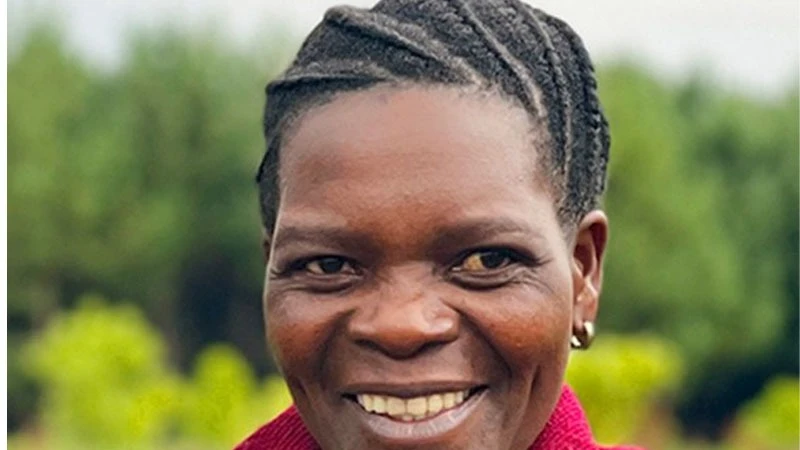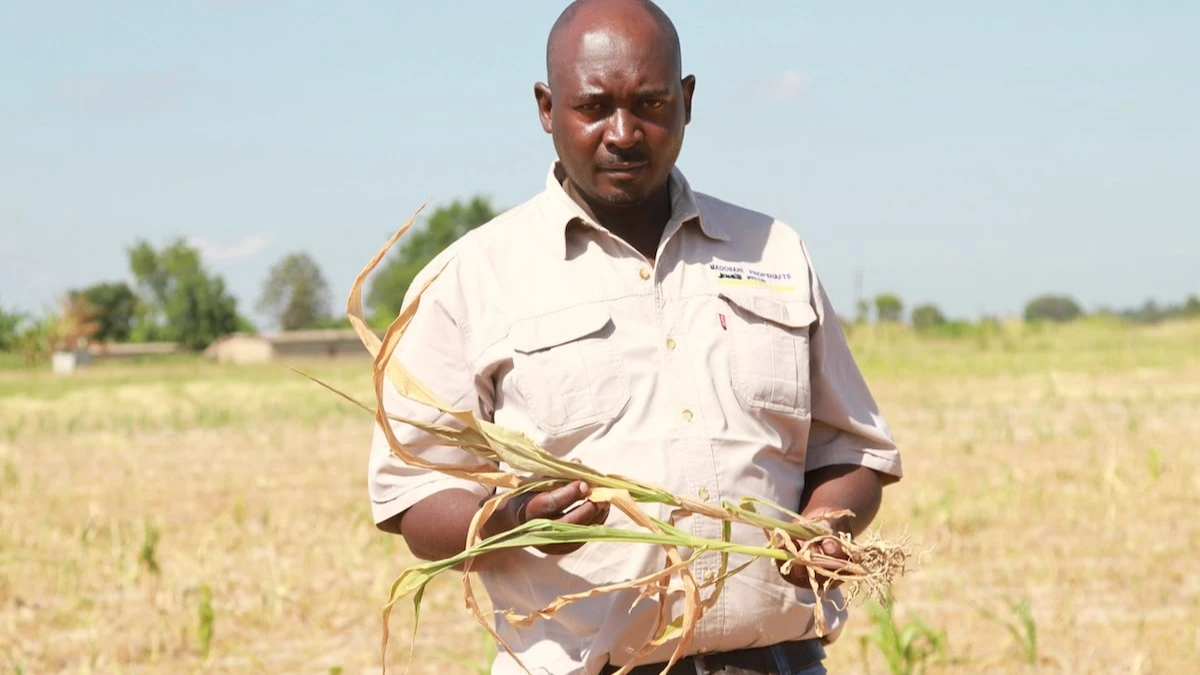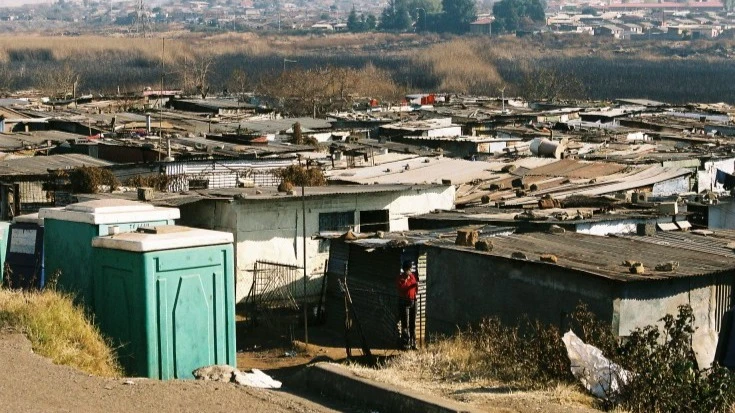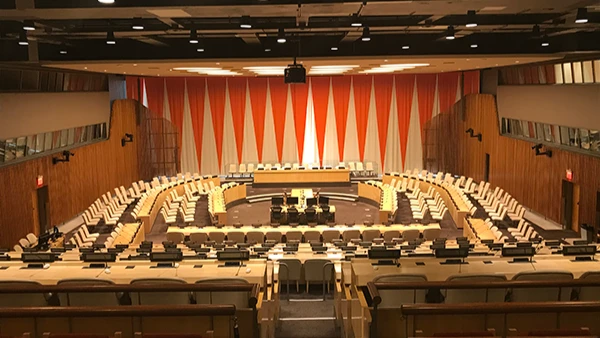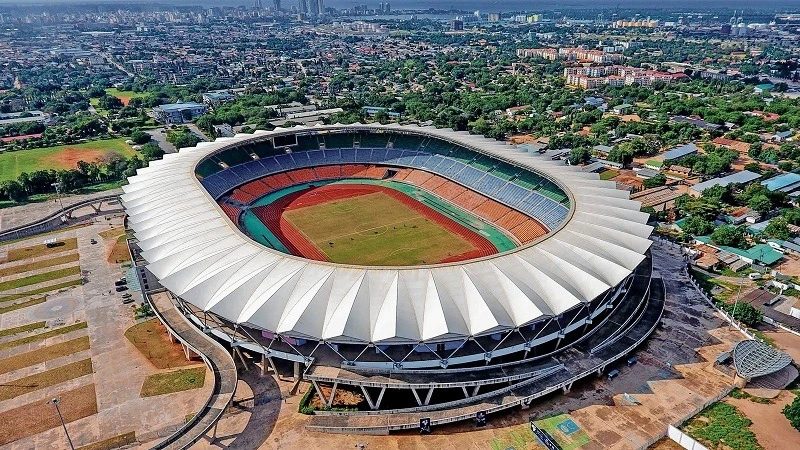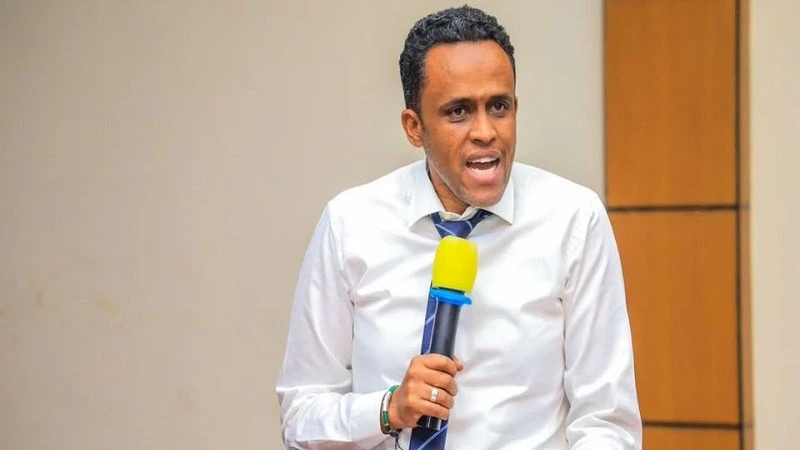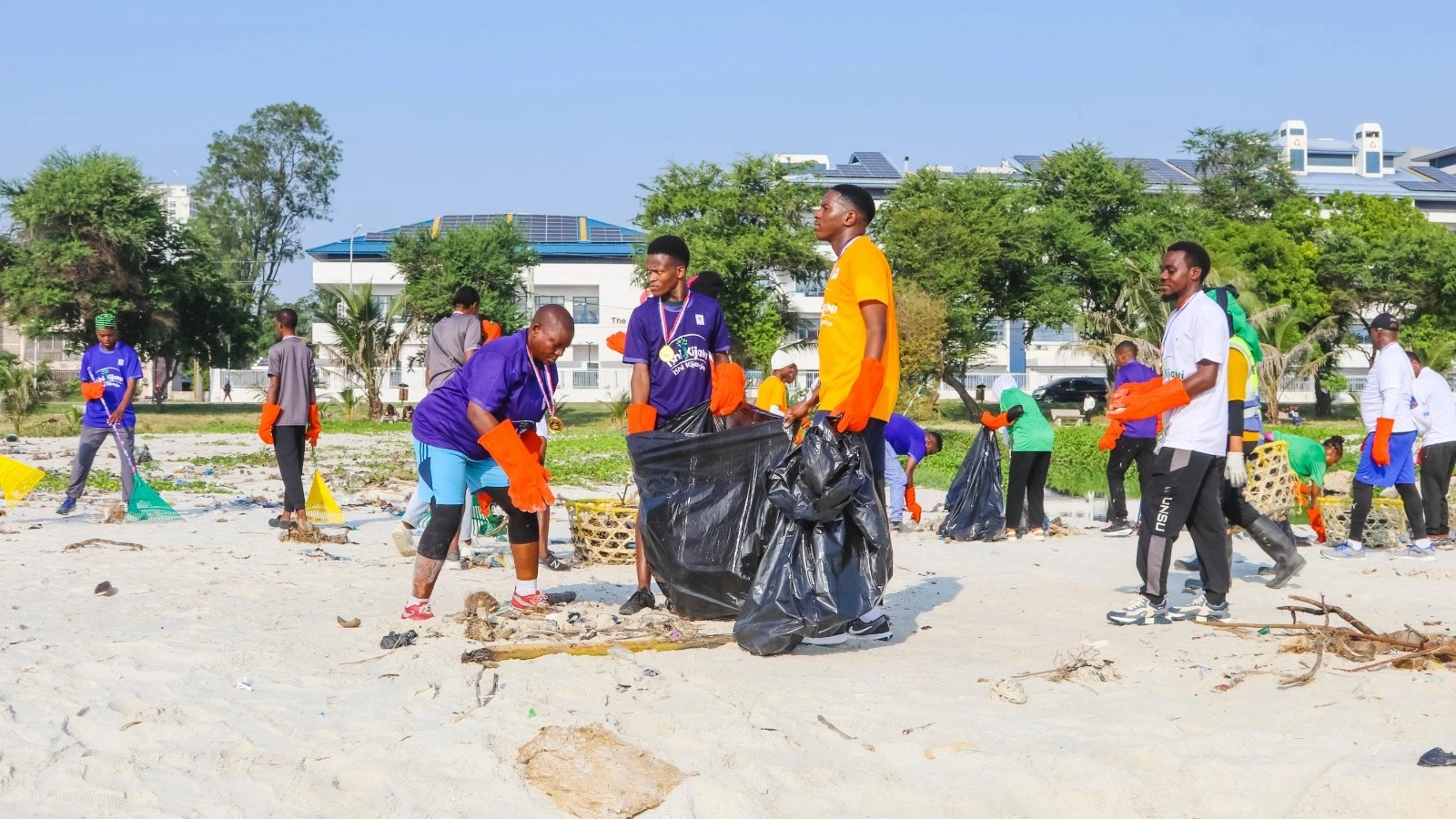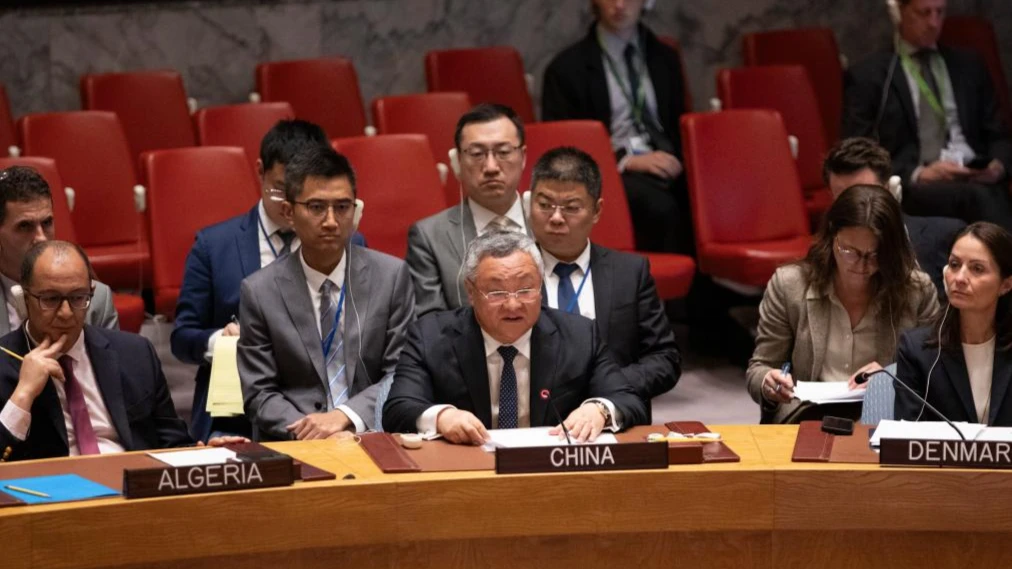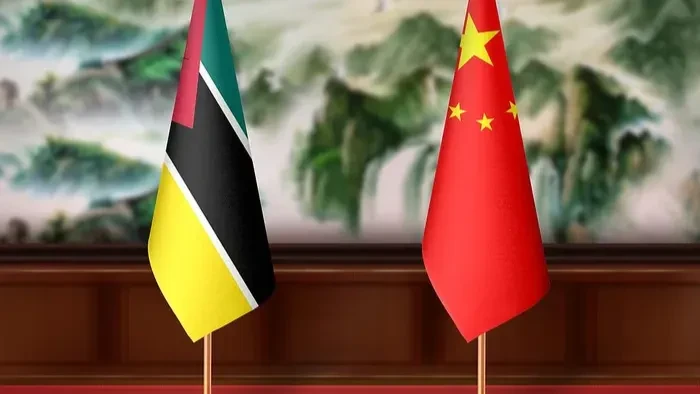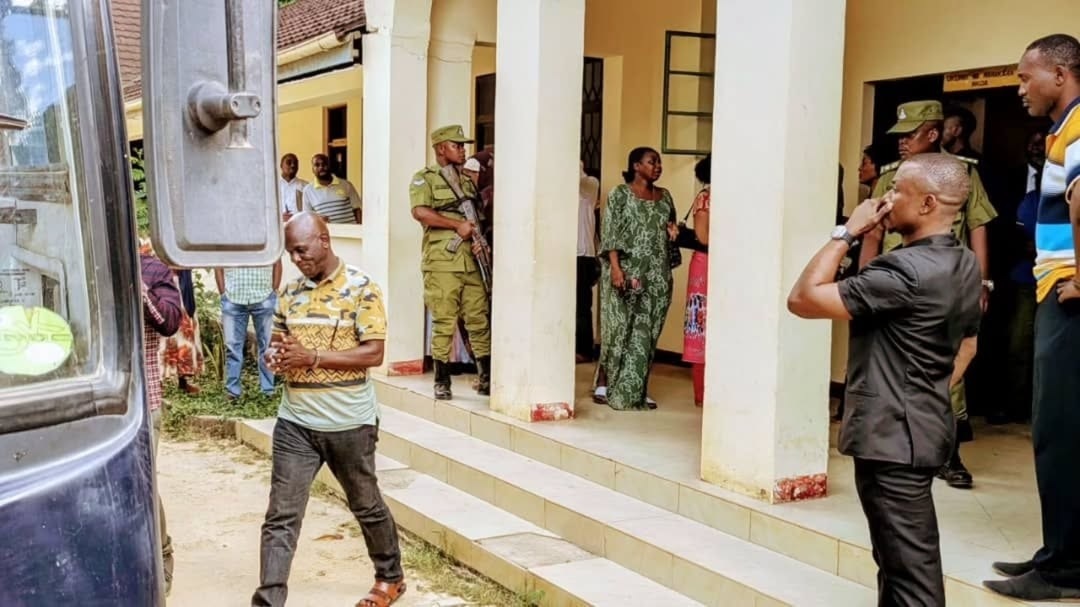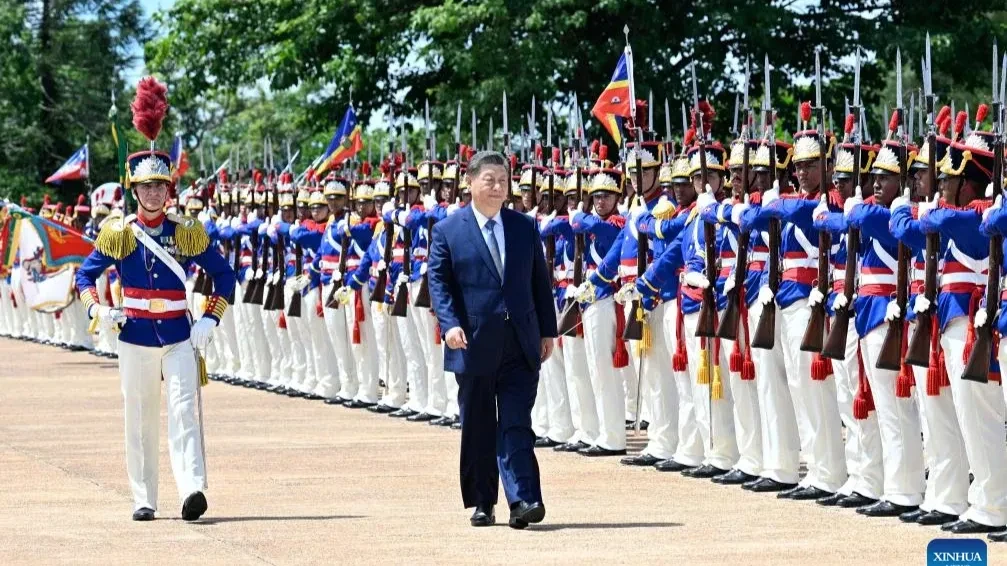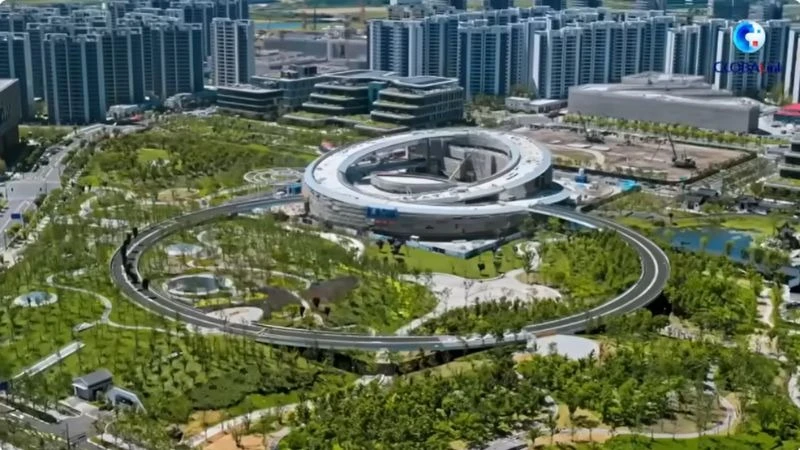Combating forest loss: MJUMITA’S new path for community forest conservation
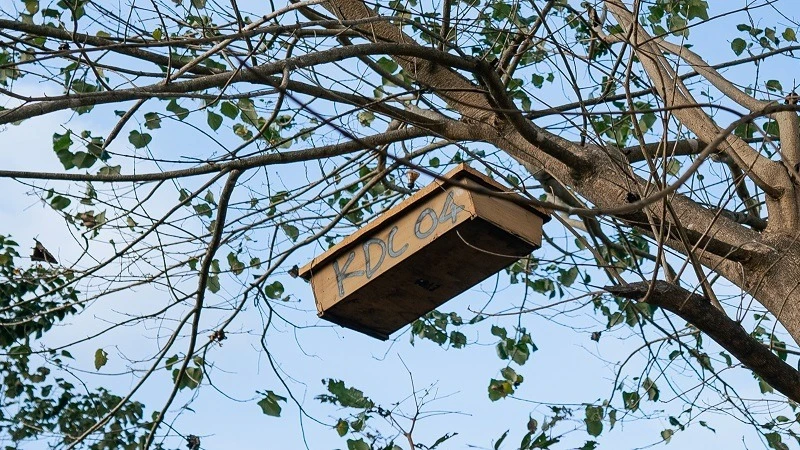
IN the village of Kitundieta in Eastern Tanzania, a quiet transformation is unfolding. Where uncontrolled charcoal burning once scarred the landscape, villagers now follow a forest management plan that limits where and how trees are harvested.
They’ve begun planting trees, monitoring their land use, and investing the profits in health services and school desks.
This shift didn’t come from a top-down initiative. It was driven by MJUMITA–‘Mtandao wa Jamii wa Usimamizi wa Misitu Tanzania–a national network that has spent the past 25 years helping Tanzanian communities take ownership of their forests.
According to Global Forest Watch, Tanzania lost over 37,200 hectares of primary humid forest between 2000 and 2023–part of a broader trend linked to deforestation, unsustainable charcoal production, and land use change.
Now, as climate change accelerates and forests face growing pressure, MJUMITA is launching a new five-year strategic plan designed to scale up local forest governance and climate resilience across hundreds of rural communities.
Climate change on the frontlines
"What I’ve realized is that climate change is real. Now we understand that we need to take care of our forest. We plant trees ourselves,” says Ludia Allan Kilolo, a beekeeper and small business owner in Kilosa’s Maguha village. “I am happy that, even if it’s not me, my family will enjoy the benefits.
They will find trees that bear fruit, trees that can be harvested for wood, and a forest that supports beekeeping."
Ludia is part of a beekeeping group supported by MJUMITA, which introduced sustainable forest enterprises in Maguha as part of its efforts to connect conservation with livelihoods. Honey, wax, and ginger products have become a reliable source of income for Ludia and other women, and an incentive to preserve the forest that sustains the bees.
MJUMITA’s model aligns with the national Community-Based Forest Management (CBFM) strategy and puts local people at the centre of decision-making. Villages are supported to establish legal ownership of their forests, develop land use plans, and create forest enterprises that are both profitable and sustainable.
In return, forests are more likely to be protected from degradation. “We used to cut trees and sell them without any plans,” says Witness Madeje Nchima, known locally as Mama Neema, a charcoal producer from Kitundieta. “Now we only harvest trees on 50-by-50 meter plots and rotate areas to allow natural regeneration. If you came and saw our forest today, you wouldn’t even notice where we harvested.”
From forest revenue to public goods
One of the most visible changes in Kitundieta is how forest revenue is used. “The village receives 12,500/- from each charcoal sale, and I receive my share,” says Mama Neema. “They are using that money to build a health facility. I was also able to buy solar panels for my home and support my child in school. I even bought a motorcycle.”
Stories like this are increasingly common across MJUMITA’s network. The organization works with 504 villages across the country, representing 132 community-based organizations with more than 15,000 members. It has supported the creation of 1.8 million hectares of Village Land Forest Reserves and helped over 2,400 individuals secure Certificates of Customary Rights of Occupancy (CCROs).
“The best conservation happens when people see a benefit,” says Rahima Njaidi, MJUMITA’s Executive Director. “When they have legal rights and are involved in managing their forests, they become its strongest defenders.”
Strengthening governance through data
Central to MJUMITA’s approach is transparency–not just in how forests are managed but also in how revenues are spent and who is held accountable. To support this, the organization developed a Forest Governance Dashboard, a locally adapted tool used in more than 300 villages.
The dashboard allows communities to track indicators like revenue collection, committee performance, decision-making processes, and benefit distribution. It’s designed to be user-friendly and locally owned, with villagers collecting data and discussing it openly in Village assemblies.
“Forest governance interventions have had a visible impact,” says Kelvin Shirima, MJUMITA Project Officer. “In villages like Songambele and Ngapa, revenues have funded school construction and scholarships for children from low-income families. Others, like Mtanza Msona and Nanjirinji, have built village offices, funded maternal health insurance, and even invested in income-generating ventures—like fibre boats for fishing and guesthouses for tourism.”
The tool has already led to concrete outcomes. Financial audits have exposed irregularities in several villages, prompting reforms and boosting public trust. In other places, transparency has encouraged more villagers, especially women, to participate in local forest governance.
The dashboard is being expanded to include forest monitoring and links to digital tools for data collection, helping to bridge traditional knowledge with modern conservation practices.
A strategic shift forward
After two decades of growth and learning, MJUMITA is now shifting into a more focused phase of its work. The organization’s 2025-2029 Strategic Plan, which they launched virtually on 29th May, outlines four core goals: Bringing 2.5 million hectares of unprotected forest under community legal management; strengthening forest governance and advocacy at local levels; expanding sustainable forest-based enterprises, including access to carbon markets; and enhancing its own operational capacity including digital monitoring tools.
“If communities lose their ability to manage forests, the risk is rapid deforestation and forest degradation,” Kelvin adds. “Without local stewardship, forest ecosystems become vulnerable to illegal logging and unsustainable exploitation for agriculture, charcoal, and timber.”
The new plan includes supporting youth in using mobile and GPS tools for forest monitoring and building community capacity to engage in ecosystem service payments, such as carbon trading. MJUMITA was the first organization in Tanzania to pilot a REDD+ benefit-sharing model, which distributed nearly $460,000 to local households. The organization now aims to expand that program as more opportunities arise with the government’s policy on carbon credits.
A national model with local roots
MJUMITA’s work represents a growing shift toward conservation models that are community-driven, legally grounded, and economically viable. By supporting local leadership, the organization has helped villages protect forests and transform them into engines for development.
“Today, communities are independently managing, protecting, and sustainably benefiting from their forests—something that would have seemed unimaginable 10 or 15 years ago,” says Kelvin. “Through legal rights, governance training, and confidence-building, communities have moved from being passive recipients to active stewards of conservation.”
The model is increasingly relevant as climate change reshapes rural economies. Villages that once depended on unsustainable logging or charcoal now have alternative livelihoods–and a greater stake in the long-term health of their ecosystems.
Back in Maguha, Ludia is already thinking ahead. “We work in groups now. Their training is like a seed. I’ve grown so much as a businesswoman,” she says. “I still have more dreams, and I hope one day MJUMITA can support individuals too.”
In the meantime, her bees continue to buzz through the forest canopy, a small but powerful symbol of what’s possible when communities are not just beneficiaries of conservation, but its architects.
Top Headlines
© 2025 IPPMEDIA.COM. ALL RIGHTS RESERVED


